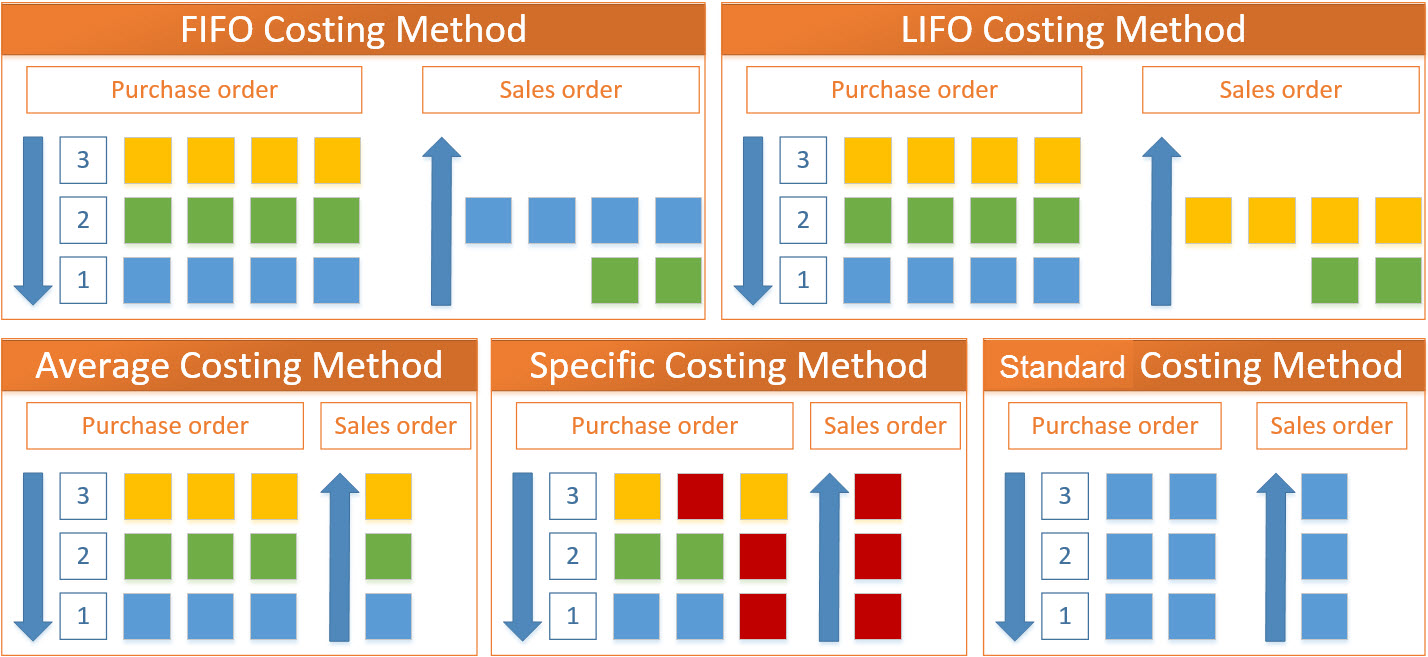This will be slightly different from regular blog posts, which you have gotten used to seeing and reading on this blog. This series of posts will be about how I have started and how I’m leading one Microsoft Business Application User Group in Serbia.
Regular blog posts about Microsoft Business Applications will continue to be published regularly. But let’s try to have something new as I have created one UG, and maybe somebody is doing the same at the moment, so this blog post serial will be some tips and tricks on starting and leading UG.
#1 Beginning
Like most things in life and business, you must start with an idea. My idea was to form a User Group focused on Microsoft Business Applications. Business Apps are my focus in my day-to-day job, and all my community work is also focused on Microsoft Business Applications. So, when I realized that in my county MS Business Apps don’t have any active User Groups where people with the same interest can getter and speak and share knowledge. I started to think about forming one.
With an idea, we come to the first and most important part of forming a User Group. You can’t do everything alone, so you need at least one Co-Lead. In my case, this was easy because I immediately asked my recent co-speaker on some events and my friend Nikola Pancic if he would be interested in starting a User Group with me. He accepted the idea.
As advice, if you don’t know somebody who shares the same enthusiasm as you, do search well because there is always a lot of work with User Group, especially in the beginning. Better slow down a little bit until you find someone, then rush with everything alone.
This leads us to the second important part of the beginning of founding your User Group. Think about the name. You have to think of an interesting name that can be connected to the main focus of your User Group and also be different from others. With a good name, you will be recognizable, and also, it is important because everybody who starts with User Group plans to stay with that group for some time, and the name will always be there.
When you have the team and name, you can continue to the third part. Contact your local Microsoft for support. Depending on how big your country and community this could be easy, or if you are from a big country, it could be much more complex. But with support and approval from Microsoft, you are on an excellent path to organizing your first meetup.
In our case, we connected with leaders of other User Groups, who introduced us to the Microsoft team. Then, we shared our idea, which was a good fit for Microsoft Community in Serbia, so support from Microsoft has come easily and fast. It will help you in the future, and of course, If you are starting a Microsoft User Group it is nice to inform them and ask for approval. But I know that in some cases, this will be challenging but do it.
After getting support from Microsoft, we are getting to the part where we must work on the design a bit. Create your logo. This step is important same as a name. The logo will follow you for a long time. Take your time and think about it. There are a lot of free online design tools, so you can use them, but try to create and create many different options and then vote for the best one. In the voting part, ask your friends and family because this is just the part where you create something that has to look nice.
After the logo, we are still on the design side. I recommend creating a PowerPoint template. It is not time-consuming, and there are a lot of tutorials and documentation on how it should be done. This was the first time I was working with PowerPoint templates, and it took me around an hour and a half to create a PowerPoint template.
Before our last step, there is one more thing to do. Create an email address. We wanted to avoid paying anything in the beginning. So, we have created a free Outlook account and are still using it. It is easy and fast. But it is important for our next step.
And now, for the first post about How I have created a User Group, I will end with the last step, which you have to do in this process, which is important. Create Social Media Groups. And when I say create social media groups, I mean to make them all.
At this moment, we have the following:
- Meetup
Social media are important for the future because you will attract users to come to your events and to see all the important things about your group.
With these steps, you have successfully created a Microsoft User Group, and you can be proud of yourself, as we are. For the next post, you will see how to organize your first meetup, and I will try to cover all things which were important to us and all those things which made our first event good.







